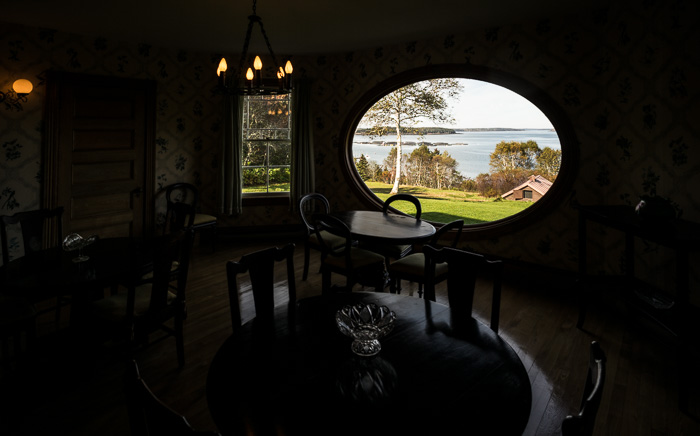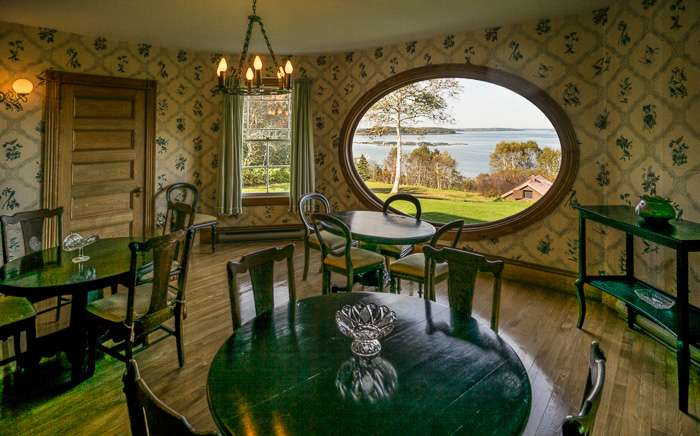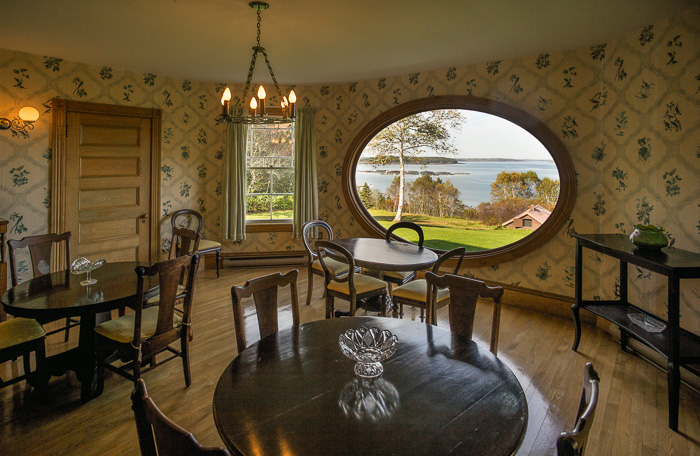About a year ago, I identified a problem with the Leica M240. There is a clipping of very low raw values and a non-linearity near zero for those values that leads to problems in the shadows of images pushed in post. Since, for most lighting conditions and subjects, the green channel is the brightest one, the suppression of information near zero leaves the green channel the least affected, and results in the shadows assuming a slight green cast with gentle post-processing, and a bilious look if you push hard.
I thought at first that such manipulation of the raw image could not have been designed into the camera, and that I must have gotten a bad copy. A friend sent me some images made to my specifications from his camera, and they showed similar problems. Now there is some indication that the nonlinearity of the M240 tone curve is a deliberate move on the part of the Leica engineers, the purpose being to reduce shadow noise.
Less noise, but ugly color casts? That’s a lousy tradeoff, as far as I’m concerned. Fortunately, there’s help for M240 shooters. Jonathan Perkins has written a program to correct the problem, and it is now available as a Lightroom plugin.
I’ve tested Jonathan’s plug-in, and it works. It can’t know exactly what information got clipped, but it corrects the nonlinearities, and it really helps.
Here’s an image that I made with the M240 and the 18mm f/3.4 Super-Elmar lens. The subject was a “cottage” right next to FDR’s 34-room one on Campobello Island in New Brunswick, Canada, The image was made with an exposure of f/5.6 @ 1/180 at ISO 200, exposed for the outside.
The interior is quite dim.
Fixing this with Lightroom’s shadow tool and applying some exposure increase with a brush yields this:
Note the green in the darkest areas.
Using Jonathan’s Lightroom plugin and similar Lr corrections produces this:
Much better.



[…] The 12-bit values are too low. Since the green planes are more sensitive to light that is balanced to the illuminants most often used in photography, subtracting something from all four raw planes leaves more green in the darkest tones. The Z7 at 12-bits is mildly affected compared to the Leica M240 at any precision. […]